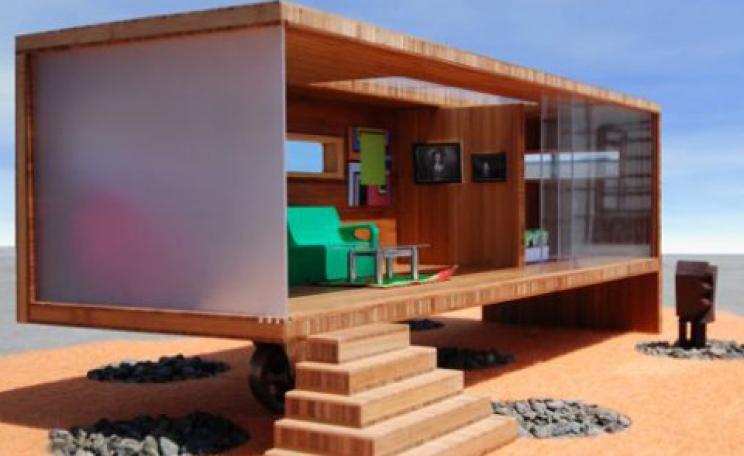Energy-saving products have come a long way since the brick-in-the-cistern days, yet some things such as draught excluders remain just as good an idea today as they were hundreds of years ago. One thing that's certain is that gas and electricity bills are going up constantly, so it pays to make use of smart innovations and old tricks alike if you want to stay one step ahead of the energy companies. It's easy to overlook all the little things around the home - radiators, windows, even your letterbox - that could do with a little help to make your home as efficient as possible but that doesn’t mean you should. Here’s how to save money and the planet at the same time:
Radiators
Radiators aren’t always the most efficient way to heat a house but there are quite a few products out there that can make them a bit more so - and save you cash on your heating bills. Most are mounted on walls, which means they lose quite a bit of heat through the wall itself - even more if you don't have cavity wall insulation. Heat-reflecting foil is a simple way around this. Rolls of combined insulating and heat-reflecting foil can be found at most major DIY chains, and can make a big difference to your home's efficiency if applied to all radiators around the house.
Another solution is Ecofreak.co.uk's Radiator Booster MK3, £24.95, which effectively turns your radiator into a convection heater by using a miniature fan to distribute warm air more evenly around the room. As the room reaches your desired temperature more quickly, your boiler will be running for less time, leading to savings of around 100kW a week during the winter. The booster is best used in combination with radiator covers for maximum effect. ‘The Radiator Booster Mk3 is a great way to get the most from central heating radiators,’ says Bill Musson of Ecofreak.co.uk. ‘By circulating the warm air from behind the radiator into the room it allows the room to be heated faster and more evenly and as a result the heating doesn't have to work as hard. In this way the Radiator Booster Mk3 will improve comfort and save you money.’
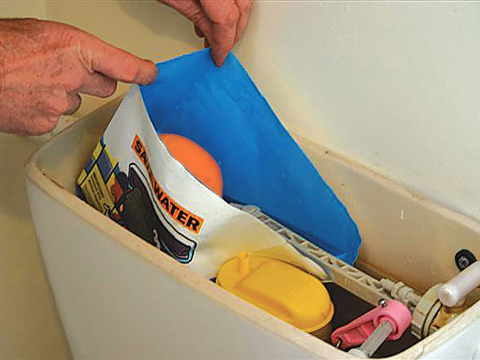 Water
Water
The old brick in the cistern trick has had an update in the form of Hippo the Water Saver, £8.94 for three, which saves three litres of water every time the toilet is flushed - or 1.64kg of CO2 a year. This may not sound like much, but if one were to be used in every toilet in the UK, it would add up to a saving of 600 million litres of water per year. The real saving here is for the sanitation industry - which is, surprisingly enough, one of the UK's most polluting sectors, producing around the same amount of CO2 as aviation.
‘Hippos are proven, ethical, sustainable, re-useable, recyclable, eco-friendly and green,’ emphasises Penny Crawford, business development manager at Hippo the Water Saver. ‘It's a retrofit unit that is simple to install, saves water, money and helps you reduce your carbon footprint. It simply reduces the amount of water used each time you flush the toilet and will save the average family home around £30 per year.’
Windows
Window panes are another major culprit for heat loss, and while double glazing certainly goes a long way, it can be expensive to install. A cheaper alternative from Direct Blinds is to dress your windows with energy-saving roller blinds, £20. These use a solar protective coating that reduces glare in sunny weather and provides insulation for the windows - meaning your rooms stay cooler in summer and warmer in winter. Solar control blinds can also be used to control room temperature, saving you money on air conditioner costs. ‘All our roller blind fabrics have been graded into one of three energy efficient groups - ER3, ER2 and ER1, ER1 fabrics being the most efficient at reducing thermal loss,’ says Nic Swift of Direct Blinds. ‘Also, our Shadeshield blind product has a metallised transparent coating allowing natural daylight and vision but greatly reducing room temperatures.’
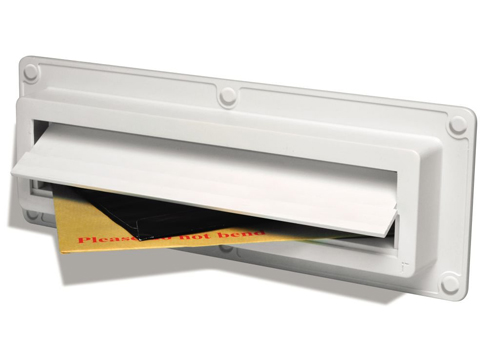 Beat the draughts
Beat the draughts
One of the best ways to make your home efficient is to stop the heat escaping in the first place! The EcoflapEX, £23.99 from Nigel's Eco Store, is specially designed for letterboxes, where more than a quarter of the heat in a hallway can escape. It simply fits over your letterbox so your mail can get in, but warm air can't get out. ‘It has been estimated that up to 27 per cent of heat in a hallway can be lost through a draughty letterbox. So sorting it out can really make a difference,’ comments Chris from Nigel's Eco Store.
While insulation should be a high priority for your home if you haven't got it yet, there are much simpler ways to trap heat in a room - like the much-loved "snake" draught excluder. Knit your own or choose one of the many colourful designs available at ECOutlet.co.uk.
| READ MORE... | |
 |
GREEN LIVING Five of the best… eco-friendly interiors blogs Need inspiration for sprucing up your house? From retro furnishings to sustainable interiors, Lisa Stephens rounds up five of the best eco-friendly home blogs |
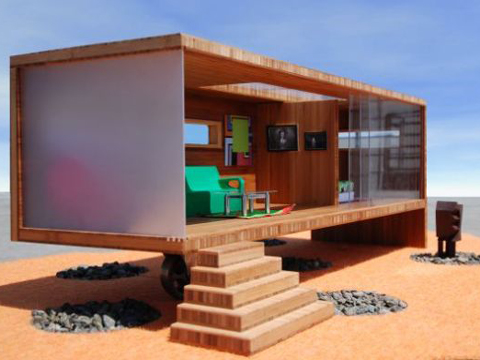 |
GREEN LIVING The beginners guide to… creating a low carbon home From reducing energy consumption to a full-scale retrofit, Ruth Styles explains how to make your low carbon dream a reality |
 |
GREEN LIVING Are straw bales the future of sustainable building? Straw bale is a low impact, low carbon building material making strides towards mainstream acceptance. So is it about time we took notice? Mark Briggs reports |
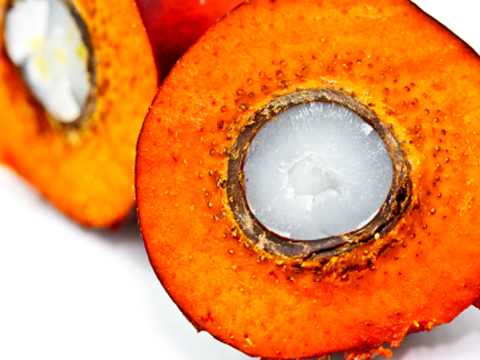 |
GREEN LIVING Palm oil: the hidden ingredient causing an ecological disaster Palm oil is in our food, cleaning products and fuel. But it's destroying rainforest and contributing to climate change. Sustainable certification schemes have been set up, but campaigners increasingly question whether they work |
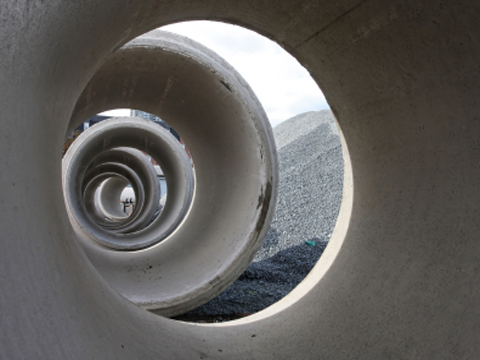 |
GREEN LIVING Eco cement: the world's favourite building material gets a green-over Cement manufacturers are among the world’s biggest polluters and produce more emissions per capita than aviation. So how can you ensure that the cement you use isn’t wrecking the planet? |





